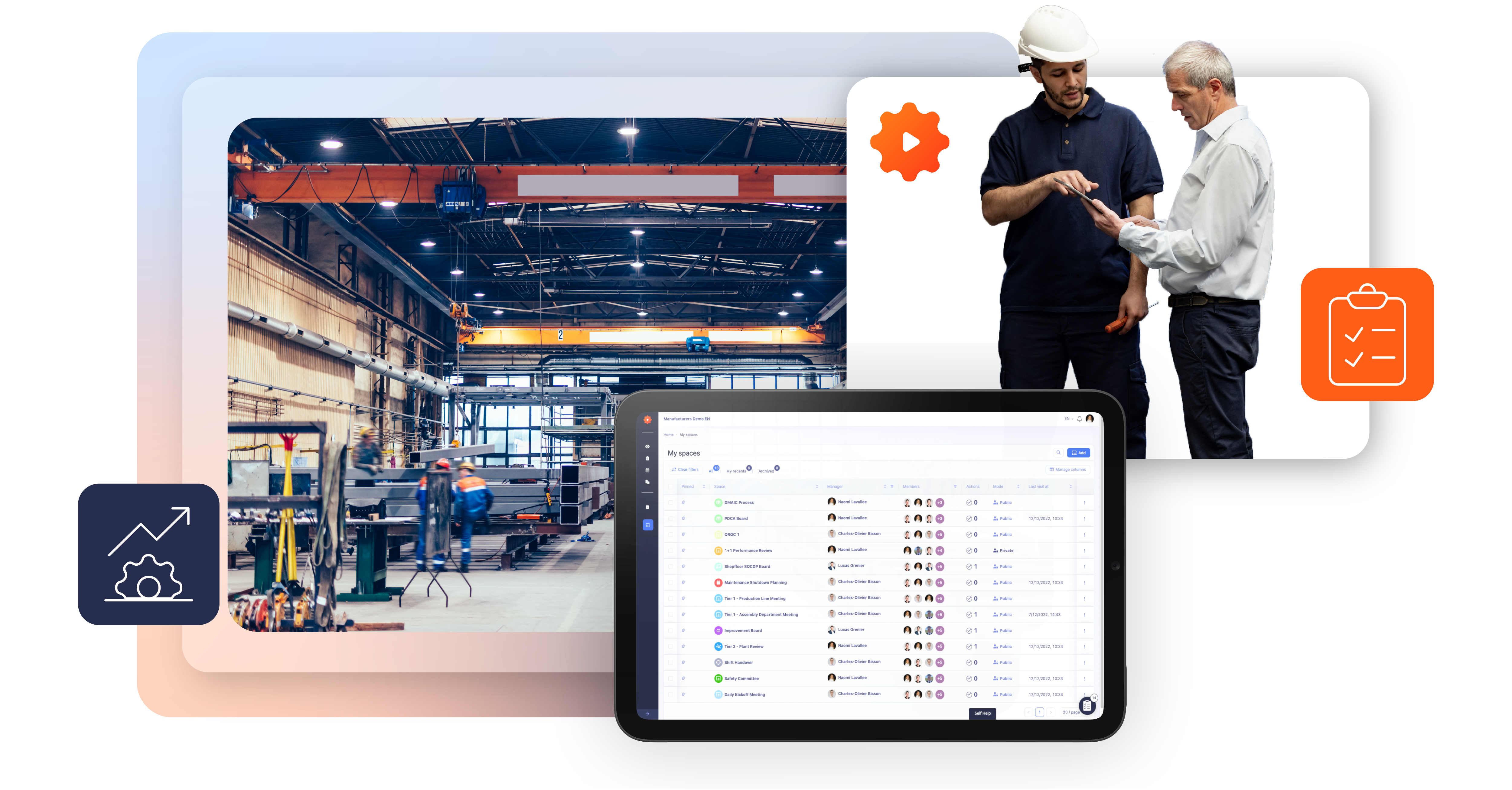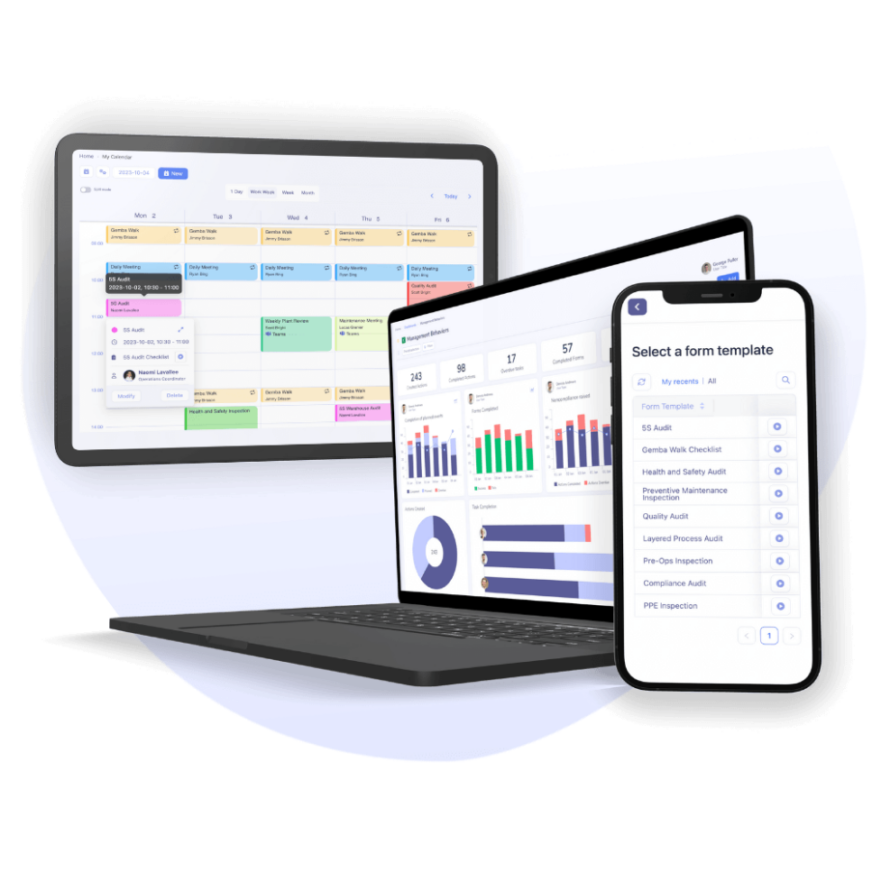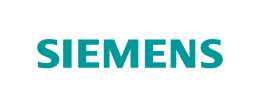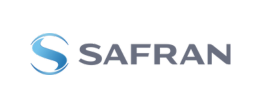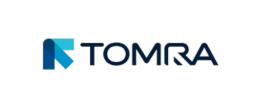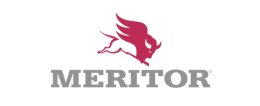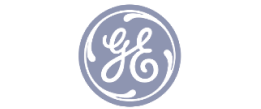8 Steps to Develop a Continuous Improvement (Kaizen) Culture for Plant Operations

| Last updated: | February 4, 2025 |
Maximizing performance is as complex as crucial in the industrial and manufacturing sectors. That’s why it’s essential to establish a continuous improvement culture. By anchoring this approach in the core of operations, achieving objectives and improving performance becomes a reality.
What Is Continuous Improvement Culture or Kaizen?
Continuous improvement culture, also known as Kaizen, is a philosophy that aims to gradually implement improvements by involving all management levels and employees daily. The idea is to place continuous improvement at the center of day-to-day operations to achieve small, steady changes.
Fostering a Continuous Improvement Culture Within the Plant
8 key points to consider when promoting a Kaizen culture.
1. Involve the Entire Hierarchy in the Process
Regarding Kaizen culture, it’s easy to picture a few people solving all the plant’s problems. However, continuous improvement needs to involve all levels of management because they have a unique perspective and may notice different flaws.
Management, executives, technicians, and employees can drive continuous improvement daily. Executives’ involvement is crucial: it demonstrates the importance given to constant improvement.
2. Demonstrate a Willingness to Listen to Employees
Employees are often the first to be aware of dysfunctions affecting plant profitability. They are the first to encounter problems and the best placed to bring them to light. This privileged position makes it all the more important to give them a voice and listen to their ideas and suggestions.
Creating a continuous improvement culture requires the involvement of all levels of the plant. Moreover, it will motivate the whole team, who will feel listened to and fully invested in the process.
3. Promote Communication and Feedback
Creating a Kaizen culture starts with information flow. By facilitating both “top-down” and “bottom-up” communication, individuals confronted with problems receive relevant feedback.
As the cornerstone of a continuous improvement culture, a constructive communication structure ensures that ideas and suggestions reach the right decision-making level.

4. Integrate Gemba Walks into Kaizen Culture
It would be best to get out on the shop floor to spot problems on production lines or elsewhere in the plant: this is the purpose of Gemba Walks and Lean Management in general. Team leaders, managers, and supervisors tour equipment and observe operations to detect potential areas for improvement.
Digital Gemba Walks play a crucial role here. They ensure that nothing is forgotten, thanks to checklists and automatically generated reports, making it easier than ever to develop a Kaizen culture.

5. Detect and Eliminate Waste
One of the cornerstones of a continuous improvement culture in factories is the elimination of waste. It applies to equipment and everything that hampers the company’s productivity. Everything can impact performance, from superfluous gestures to centralization problems, poorly optimized processes, latency times, and inappropriate assigning of tasks.
Eliminating waste is, therefore, essential to both well-being and profitability.
6. Create a Continuous Improvement Culture with 5S
Continuous improvement involves constantly optimizing one’s methods and environment, bit by bit. The 5S methodology, developed in Toyota workshops, is indispensable for creating the best possible working conditions and promoting a culture of continuous improvement within the organization.
5S audits regularly evaluate and identify opportunities for improvement in terms of organization, safety, cleanliness, and workplace efficiency so that teams can implement necessary changes promptly. Five steps form the basis of this approach:
- Sort and remove all unnecessary items from workstations;
- Set in order all required items in the optimal place;
- Shine or clean the workplace regularly;
- Standardize the processes used to sort, order, and clean the workplace;
- Sustain the method autonomously.
To help you establish an influential continuous improvement culture, Tervene offers a mobile 5S audit checklist.
7. Prioritize Improvement Opportunities According to Impact and Effort
The key to creating a thriving Kaizen culture is prioritization. Indeed, the goal of the approach is to optimize gains while investing effort in the right place. So, classify identified opportunities by assigning them a level of effort (High, Medium, Low) and a level of potential impact for the organization (High, Medium, Low).
In this way, you can visualize the most beneficial actions for your activities and quickly obtain results.
Manage your action plans with Tervene.
8. Organize Meetings and Performance Management Routines
Organizing tiered meetings and daily huddles constitutes an essential practice. These sessions regularly bring teams together to exchange ideas. During these brief meetings, everyone assesses the difficulties encountered, enabling the initiation of appropriate action. This operating mode fosters follow-up action and continuous improvements.
Creating a continuous improvement culture is the ideal way to involve every employee and move forward together toward better performance. It helps optimize both customer and employee satisfaction.
Management tools such as Tervene will significantly simplify this cultural change.



